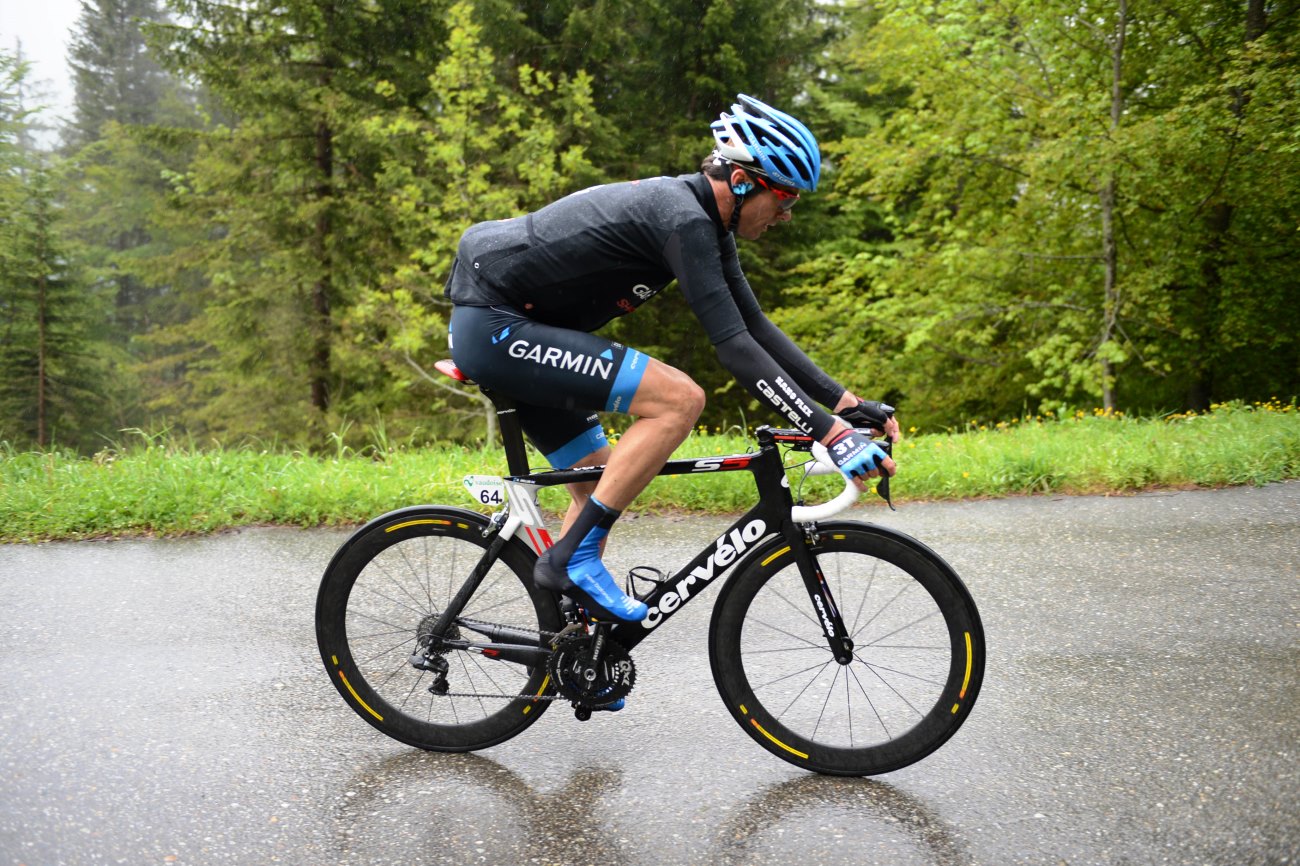3. Limitations to power to weight
-

Hill reps are an effective way to improve your climbing prowess
-
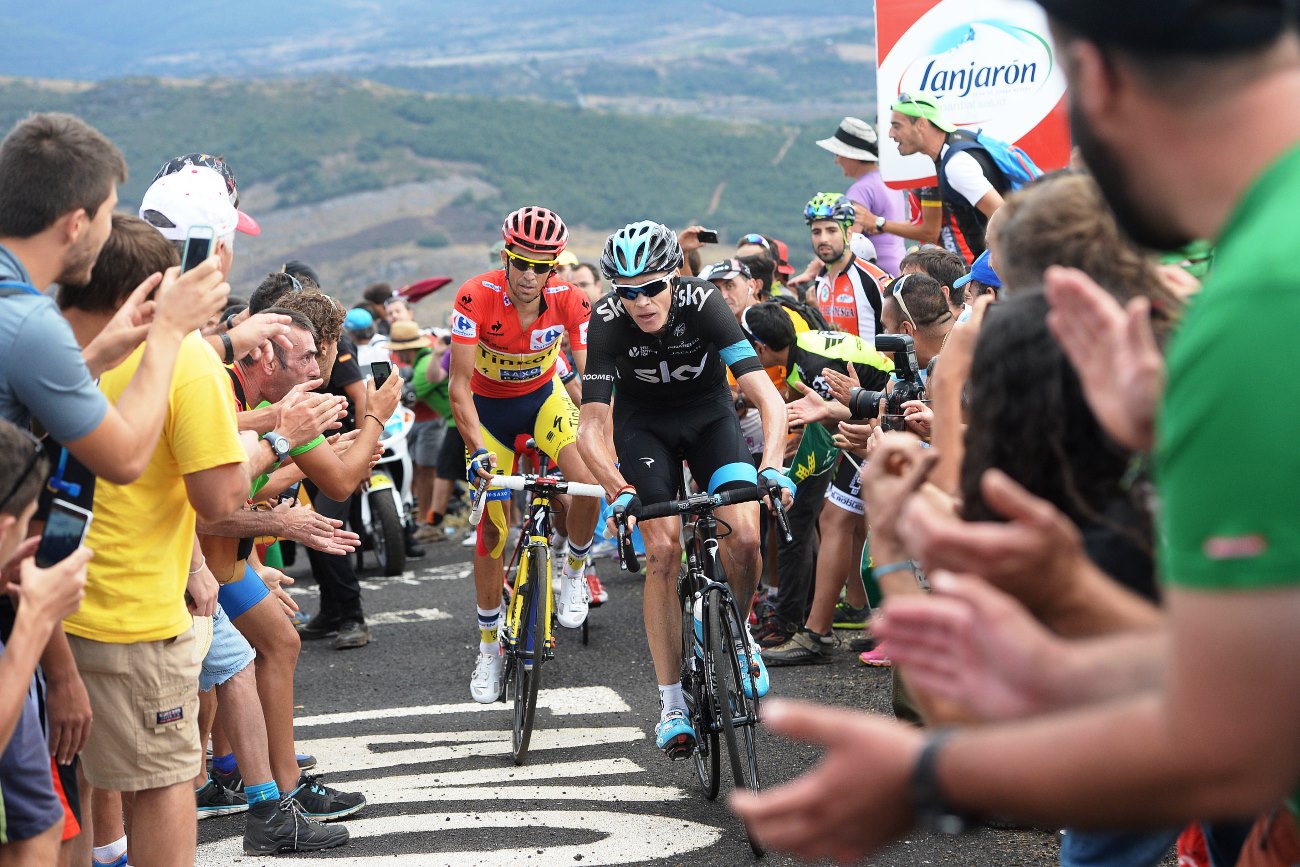
While professional cyclists are secretive about their power to weight figures, Chris Froome and Alberto Contador will both be over 6w/kg (Pic: Sirotti)
-
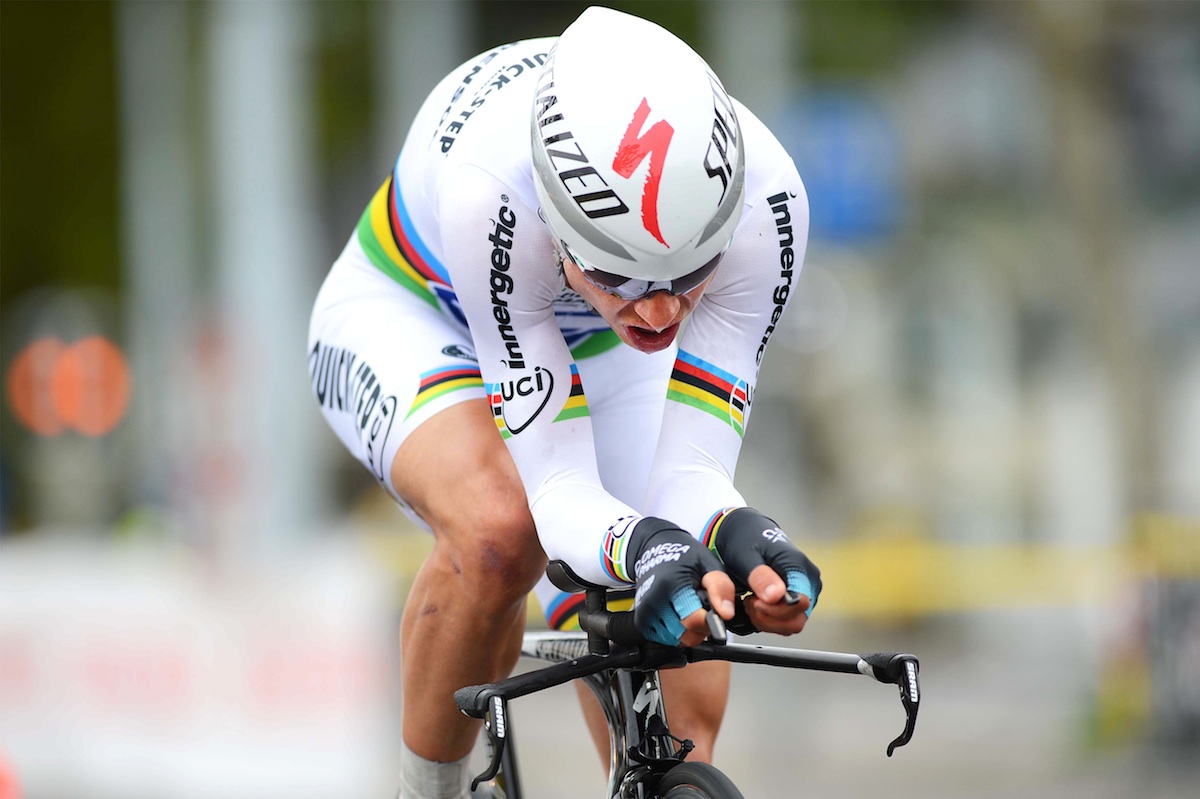
While Tony Martin is no certainly slouch going uphill, his build and physiology are best-suited to the demands of a time trial, where power is more important in relation to aerodynamics (Pic@ Tim de Waele/Etixx-QuickStep)
-
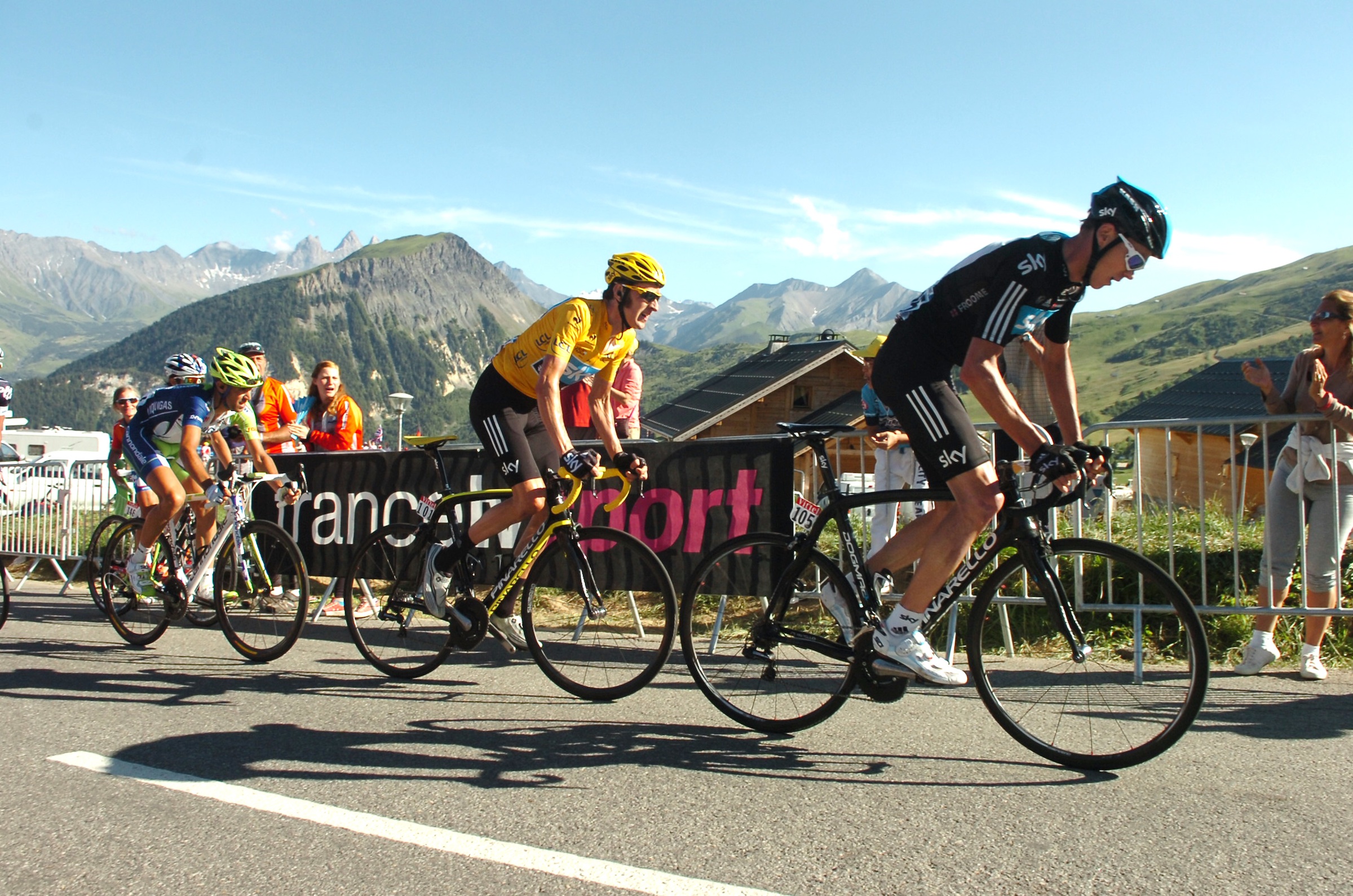
Having reach his physiological potential, Bradley Wiggins improved his climbing ability by losing weight, rather than necessarily focusing on increasing his power (Pic: Sirotti)
-
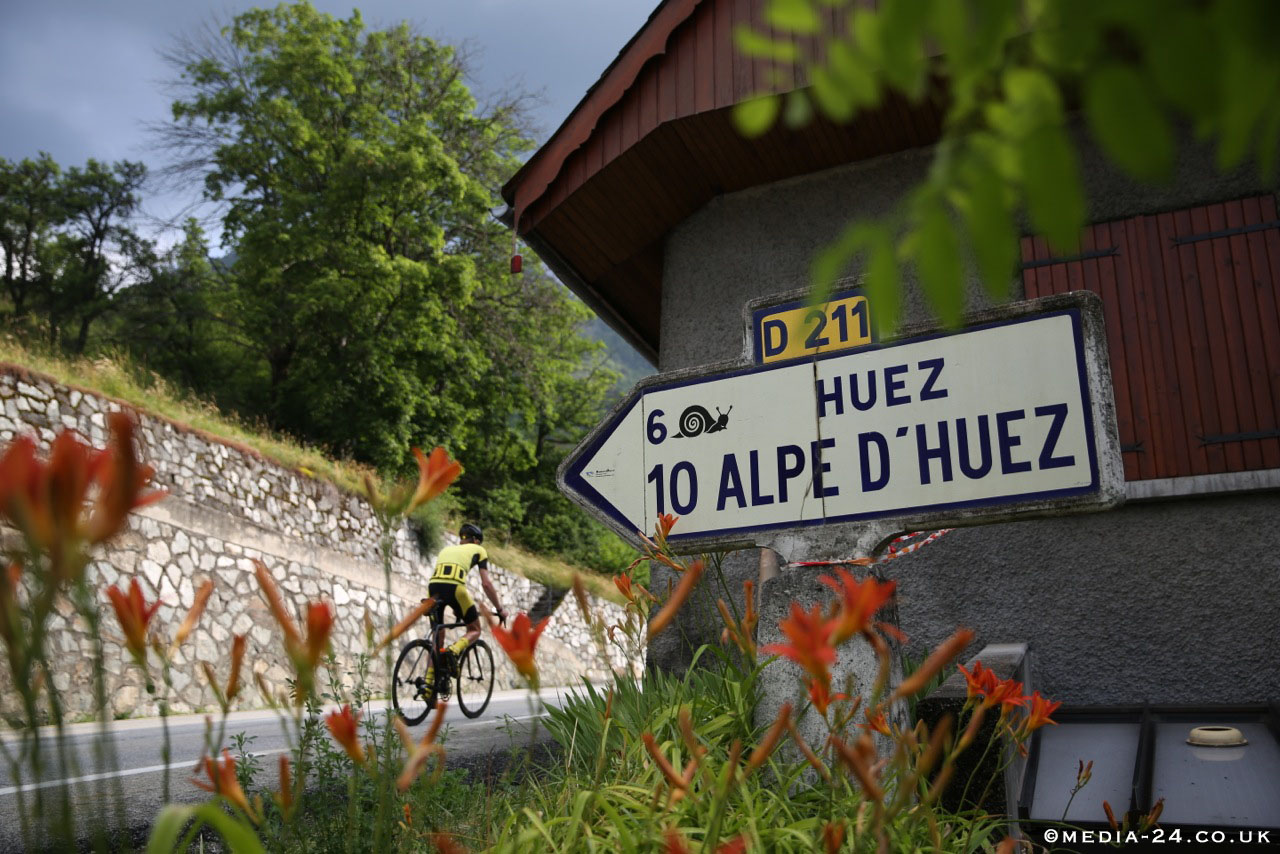
Peter Cossins' looks at 'cycling's greatest climb' in Alpe d'Huez (pic: Media-24)
-

No matter how good your kit is, you can't escape the suffering that comes from riding uphill in the heat (Pic: Strava)
3. Limitations to power to weight
These numbers are all well and good but, unless you are regularly racing up Alpe d’Huez or the Col du Tourmalet, your power to weight ratio for one hour isn’t the be all and end all of cycling performance.
Power to weight is particularly relevant on long climbs, and while it’s still a factor on short, steep like those found in the Tour of Flanders, outright power is also significant. It’s why riders like Fabian Cancellara thrive in the Spring Classics, but falter in the high mountains.
As we’ve already covered, power to weight ratio is important when gravity is the overwhelming limiting factor on cycling speed. Therefore, when riding on the flat, power to weight becomes less important. Obviously to ride quickly on the flat a lot of power is still required, but aerodynamics become much more important than weight – the resistance caused by moving though the air has a much greater effect on how fast we ride than our weight. A big, heavy rider who can produce a lot of power will often be able to ride much faster on the flat than a skinny climber with a much better power to weight ratio but ultimately less power. It’s about making the most of what you have.
Time trials – power:wind resistance
The same is true for time trialists. During a time trial, the most important factor you are trying to overcome is the resistance caused by moving through the air, which is why top riders use TT bikes and helmets, wear skinsuits, and spend so much time in the wind tunnel. Therefore, the key to performance in a time trial is not power to weight but a power to aerodynamic coefficient. As a result, time trialists typically focus on producing the maximum power they can sustain over a flat or rolling course, with the lowest aerodynamic penalty.
As you can see, power to weight ratio is simply one component of cycling performance. If you race in a very hilly area, or are targeting a sportive in the high mountains, then it will be an important factor in the outcome of your performances, but if you live in a flat area where lots of races finish in sprints then you may be better off focusing your training on other aspects of fitness such as sprint power, as this has a far more direct application in the type of races you are riding.
Still, there’s no denying that power to weight is a key figure and most of us want to climb quicker, so how do you go about improving your ratio?

